Technological Advancements
Technological advancements are significantly shaping the Microfinance Lending Market, enabling institutions to streamline operations and enhance customer experiences. The integration of digital platforms and mobile applications facilitates efficient loan processing and repayment systems. Data from recent studies indicates that microfinance institutions leveraging technology can reduce operational costs by up to 30%. Furthermore, the use of data analytics allows for better risk assessment and credit scoring, which is crucial in lending decisions. As technology continues to evolve, it is likely that the Microfinance Lending Market will see increased competition and innovation, ultimately benefiting borrowers through improved services and lower interest rates.
Increased Financial Inclusion
The Microfinance Lending Market is experiencing a notable surge in demand due to the increasing emphasis on financial inclusion. As traditional banking systems often overlook low-income individuals, microfinance institutions are stepping in to provide essential financial services. According to recent data, approximately 1.7 billion adults remain unbanked, highlighting a substantial market opportunity. This gap presents a compelling case for microfinance, as it offers tailored financial products to underserved populations. The rise of mobile banking and digital platforms further enhances accessibility, allowing microfinance institutions to reach remote areas. Consequently, the Microfinance Lending Market is poised for growth as it addresses the financial needs of marginalized communities, fostering economic development and empowerment.
Rising Awareness of Social Impact
There is a rising awareness of social impact investing, which is significantly influencing the Microfinance Lending Market. Investors are increasingly seeking opportunities that not only yield financial returns but also contribute to social good. This trend is reflected in the growing number of impact funds dedicated to microfinance initiatives. Recent data indicates that investments in microfinance have the potential to generate both economic and social returns, appealing to a new generation of socially conscious investors. As awareness continues to grow, the Microfinance Lending Market is likely to attract more capital, enabling institutions to expand their reach and enhance their service offerings.
Supportive Regulatory Environment
A supportive regulatory environment is emerging as a key driver for the Microfinance Lending Market. Governments and regulatory bodies are increasingly recognizing the importance of microfinance in promoting financial inclusion and economic development. Recent policy initiatives aim to create a conducive framework for microfinance operations, including licensing, consumer protection, and interest rate regulations. Such measures not only enhance the credibility of microfinance institutions but also attract investment into the sector. As regulations evolve, the Microfinance Lending Market is likely to benefit from increased trust and stability, encouraging more individuals to seek financial services from microfinance providers.
Growing Demand for Small Business Financing
The Microfinance Lending Market is witnessing a growing demand for small business financing, particularly among entrepreneurs in developing regions. Small and medium-sized enterprises (SMEs) are recognized as vital contributors to economic growth and job creation. Recent statistics suggest that SMEs account for over 90% of businesses and more than 50% of employment worldwide. However, access to capital remains a challenge for many entrepreneurs. Microfinance institutions are uniquely positioned to fill this gap by providing affordable loans and financial education. This trend indicates a robust opportunity for the Microfinance Lending Market to expand its offerings and support the entrepreneurial ecosystem, thereby driving economic development.


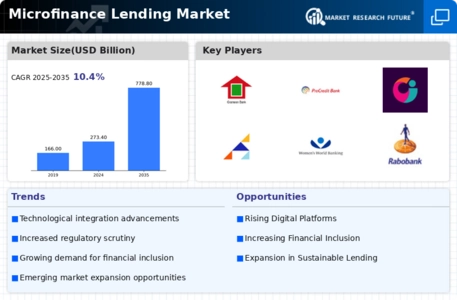
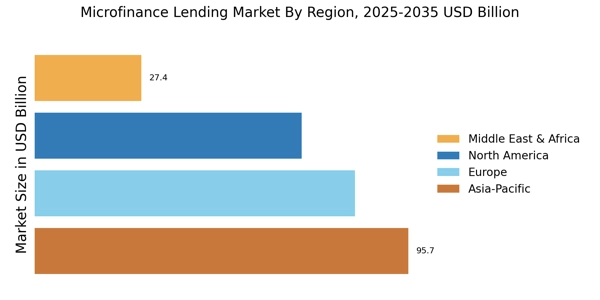
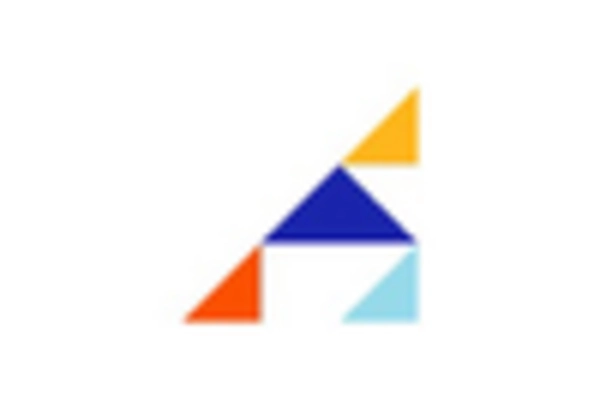

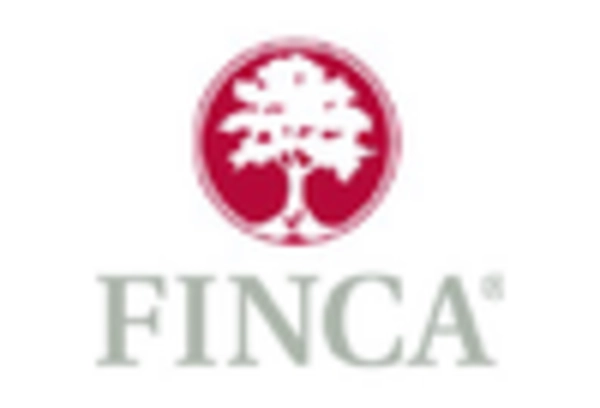
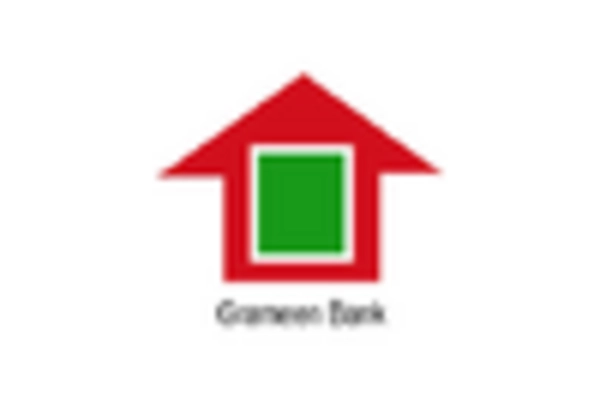
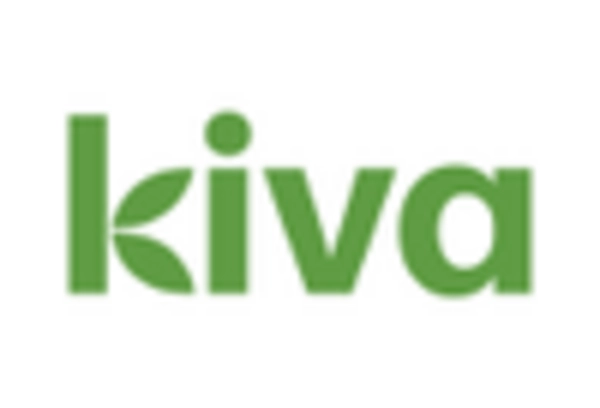
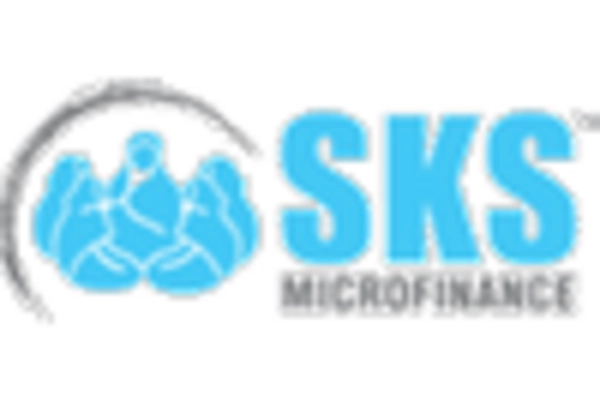








Leave a Comment